Apple introduced a duo of MacBook Pros that differ not only in the diagonal of their displays. According to your choice, you can install them with different chips. We have two to choose from here – M1 Pro and M1 Max. The first can be combined with up to 32GB of RAM, the second with up to 64GB of RAM. They differ mainly in throughput, with the first providing up to 200 GB/s, the second 400 GB/s. But what does that mean?
In regular professional notebooks, data must be copied back and forth through what Apple says is a slower interface. However, the new MacBook Pro does it differently. Its CPU and GPU share a contiguous block of unified memory, meaning all parts of the chip access data and memory without having to copy anything. This makes everything happen faster and more efficiently.
Comparison with the competition
Memory bandwidth (memory bandwidth) is the maximum speed at which data can be read or stored in semiconductor memory by a chip/processor. It is given in GB per second. If we were to look at the solution of Intel, so its Core X series processors have a throughput of 94 GB/s.
It could be interest you
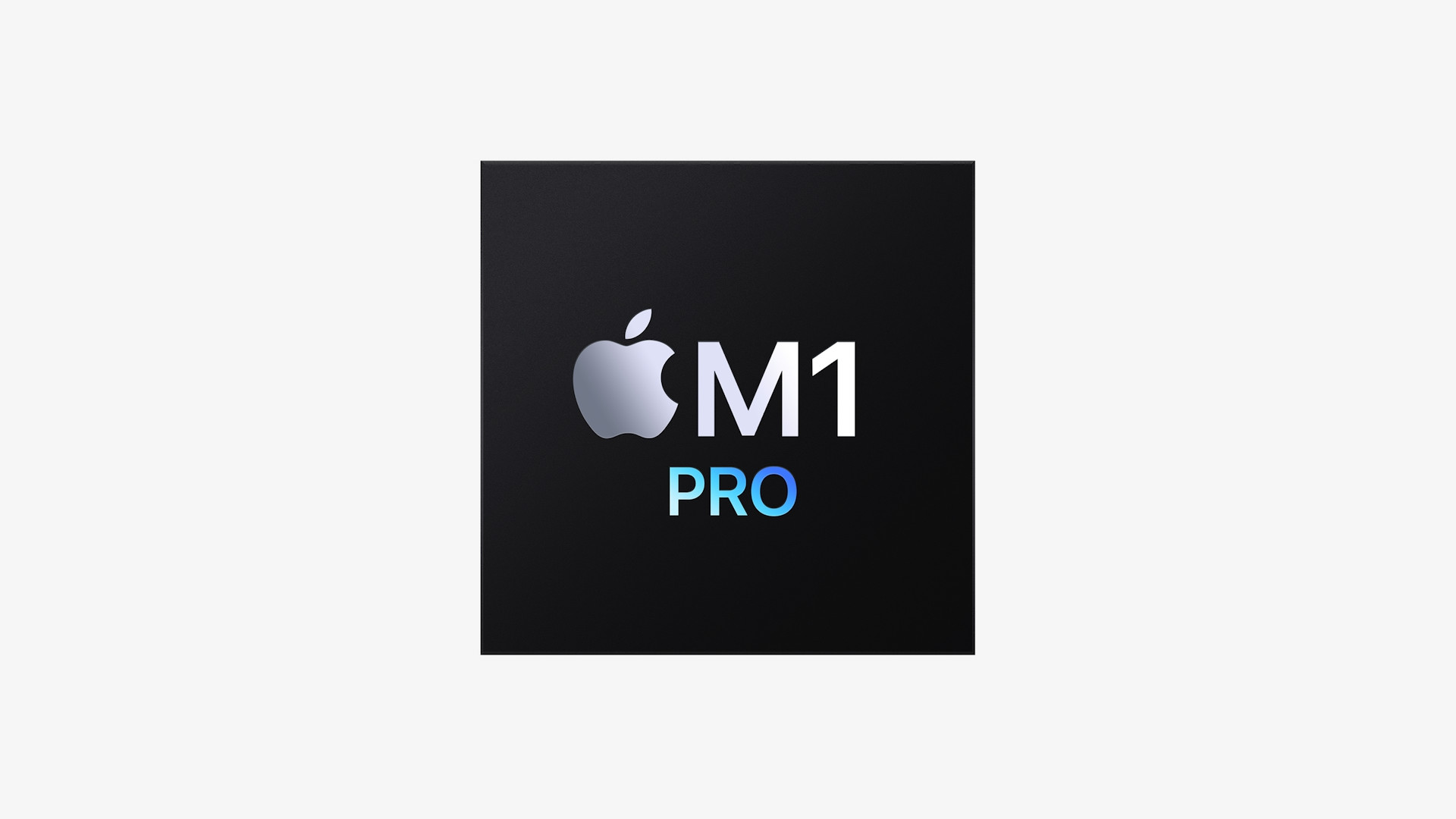
So the clear winner in this comparison is Apple's "Unified Memory Architecture", which provides memory throughput at least twice as fast as Intel's direct competition currently supports. E.g. The Sony Playstation 5 has a bandwidth of 448 GB/s. But keep in mind that maximum throughput also depends on many variables in the system and software workload, as well as power status.
From the tests Geekbench then it turns out that the M1 Max with its 400 GB/s gets about 10% better multi-core scores than the M1 Pro with 200 GB/s. However, you have to judge for yourself whether this value is worth the possible extra charge. Both machines are very powerful and it depends on the style of your work. However, it is certain that the higher configuration has better potential with regard to the future, when it will still be able to do fast enough work even after a longer period of time. But here it depends on how often you change your workstation. At the moment, it can be said that 200 GB/s is really enough for most of the work you might want from the new MacBook Pro.
It could be interest you
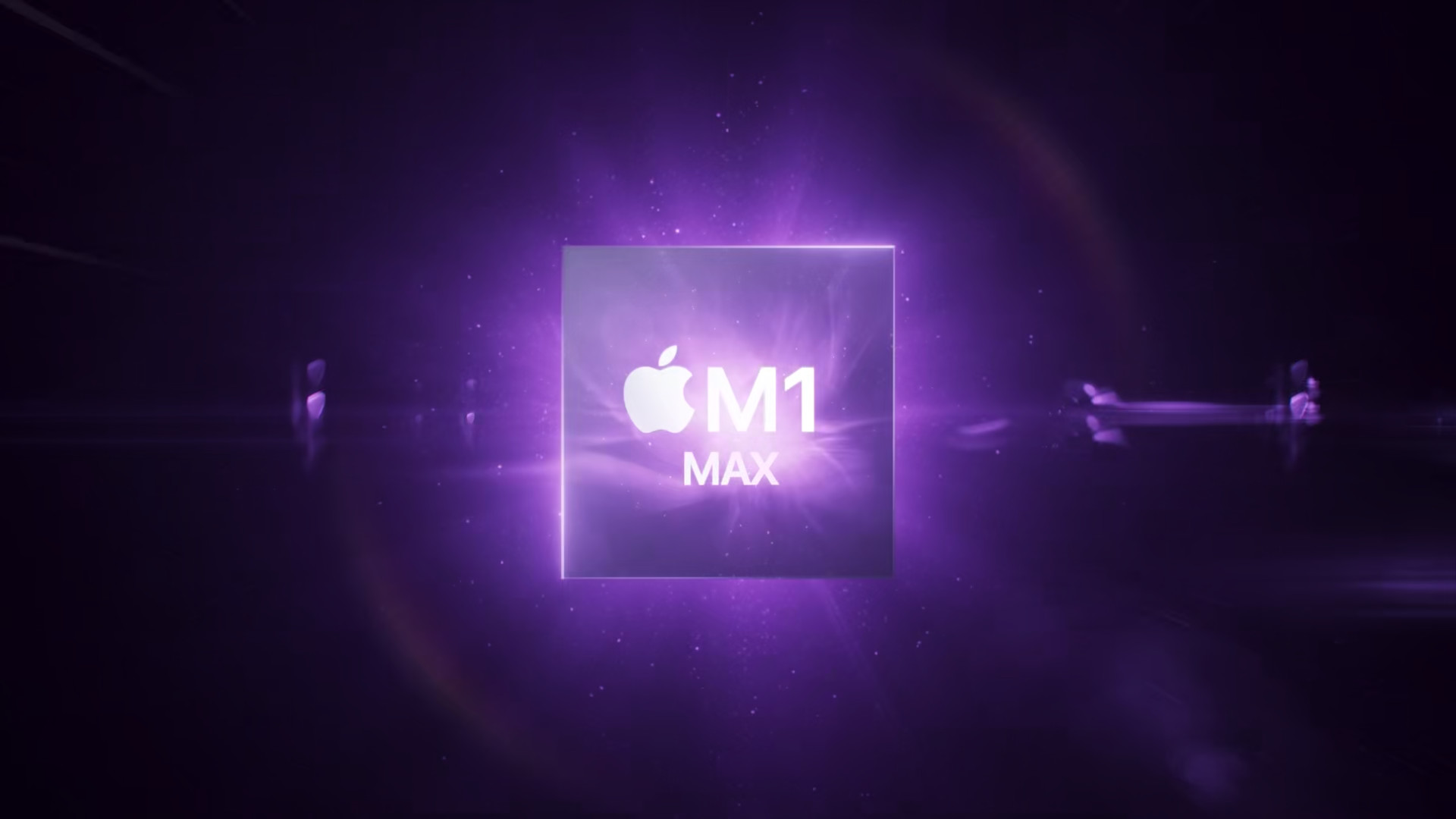
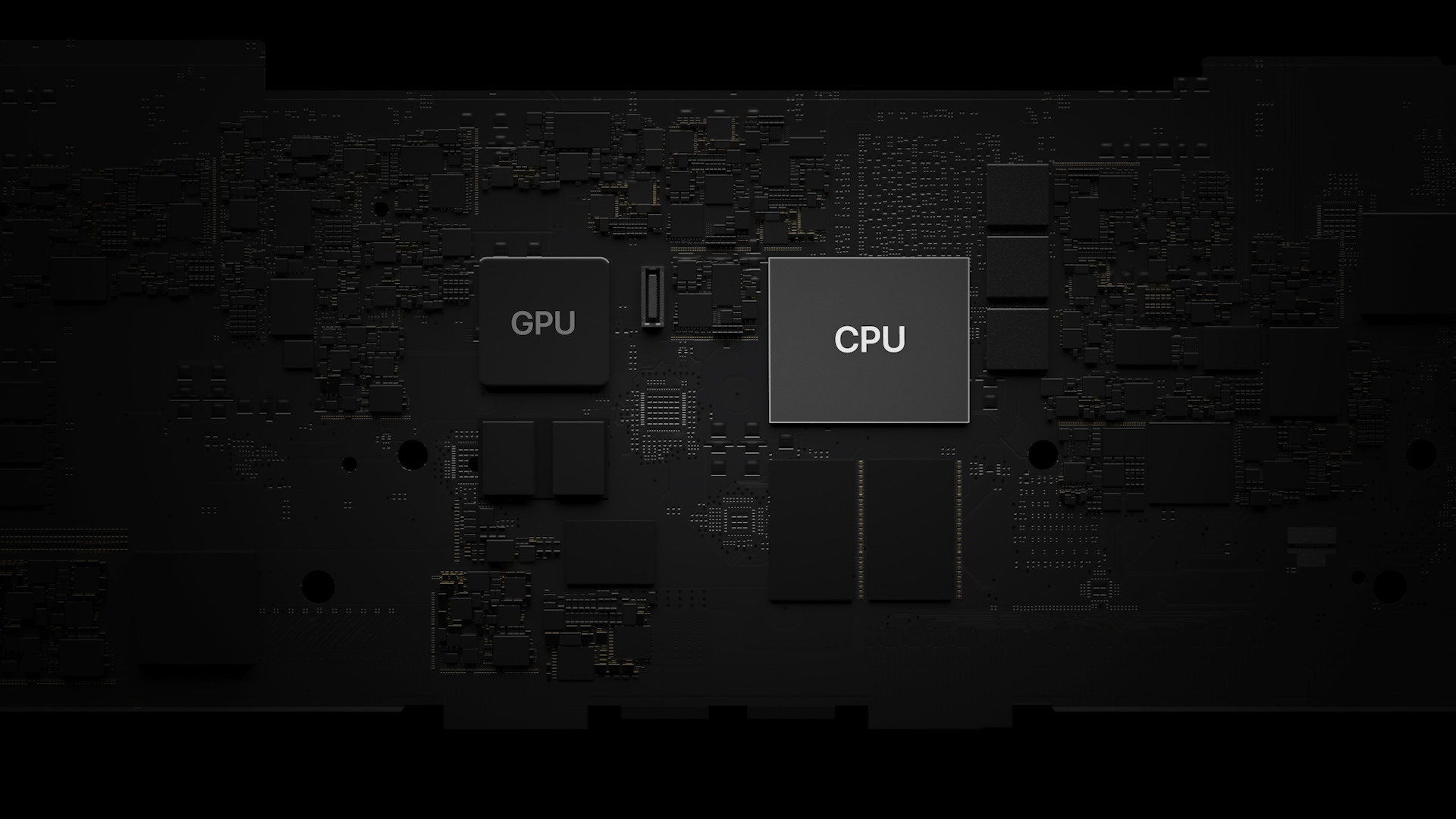




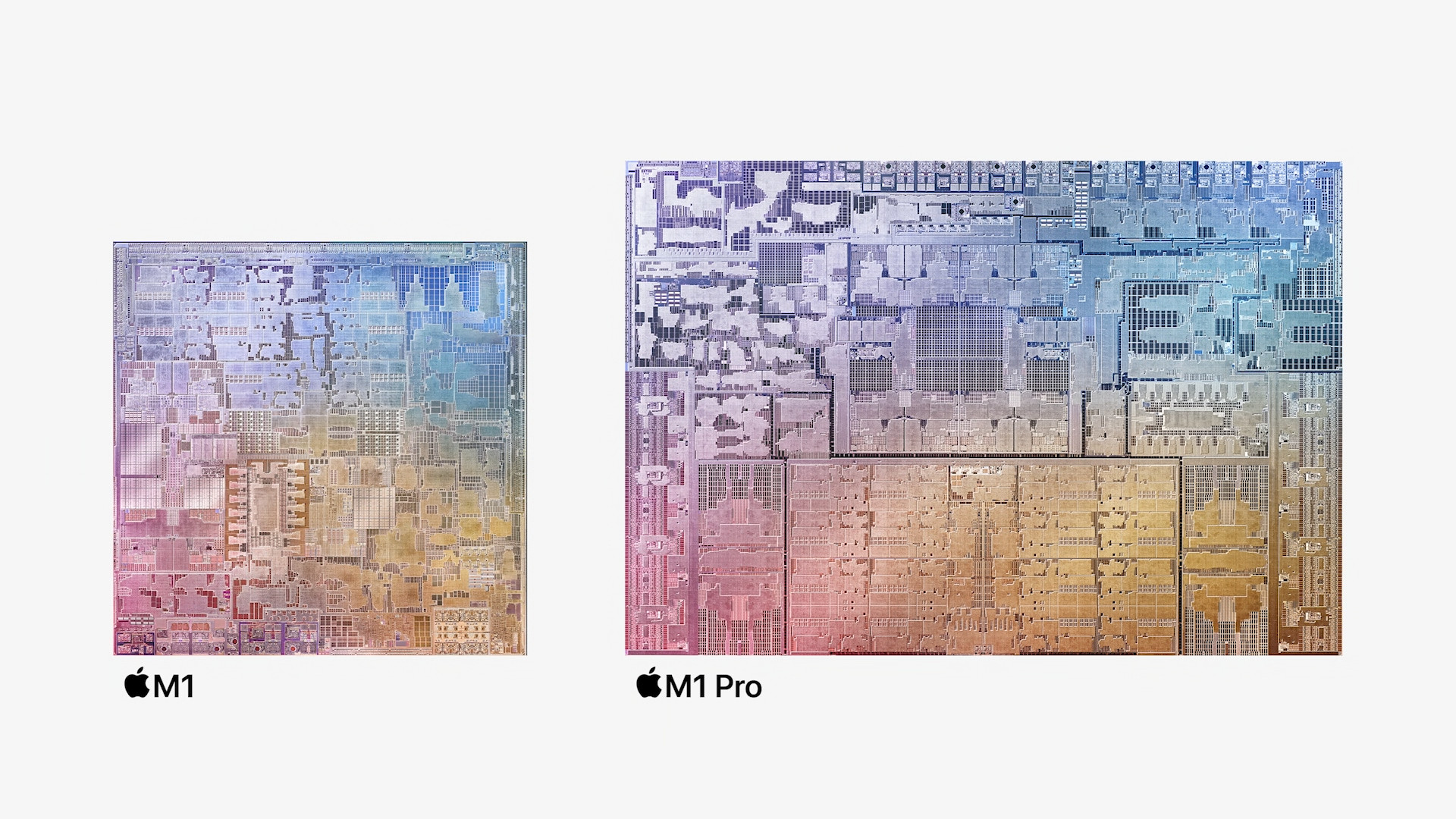
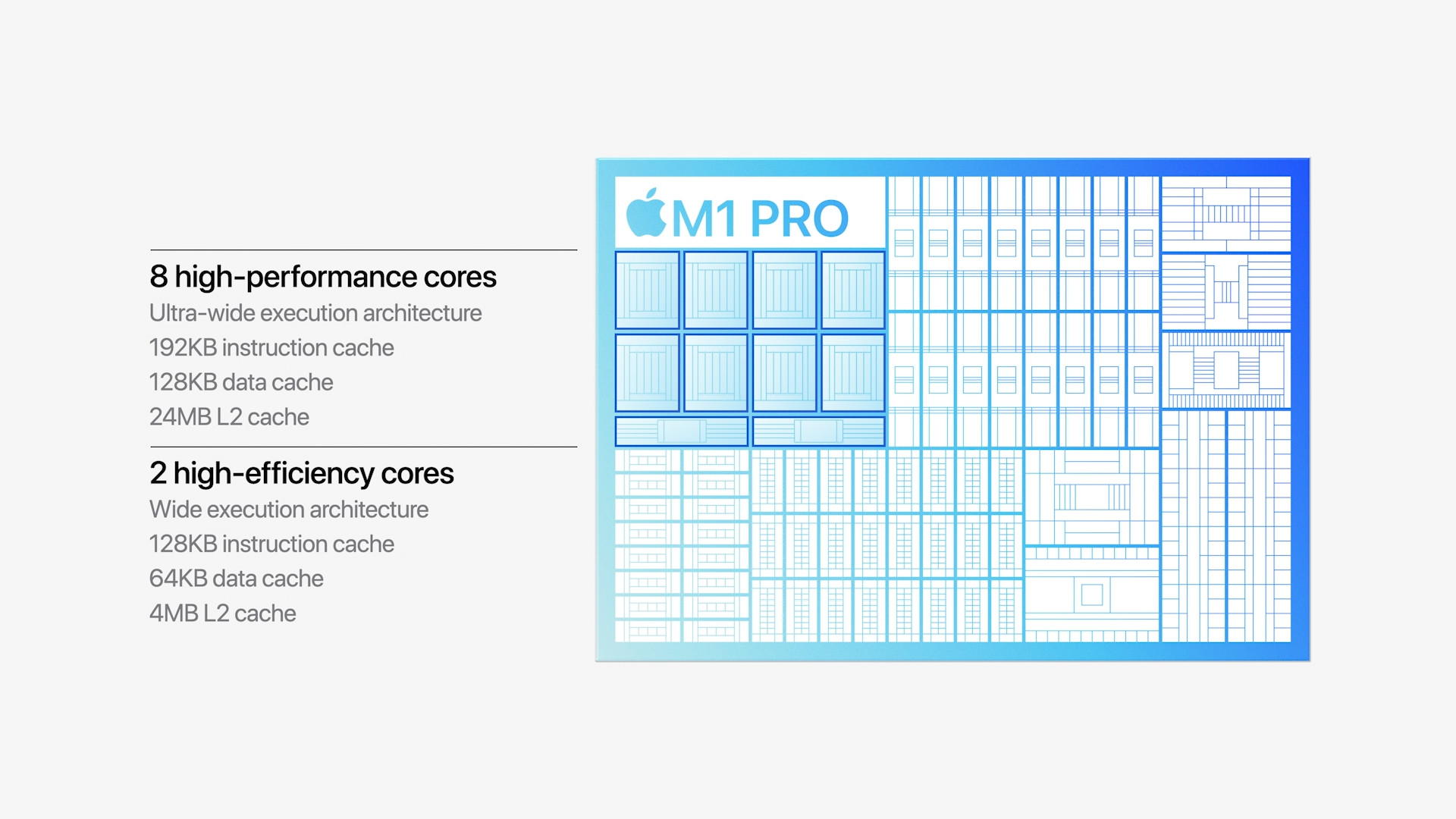
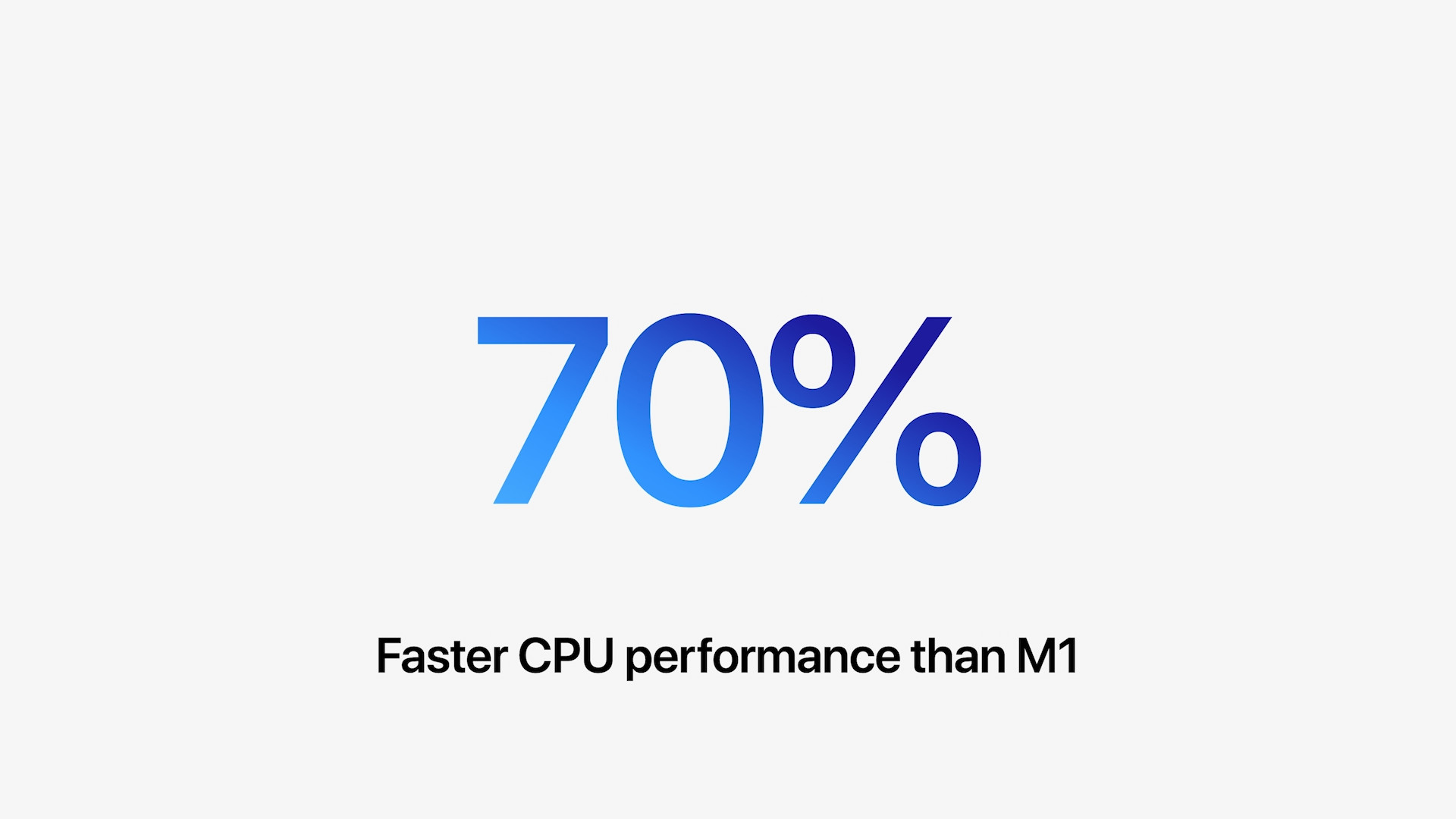
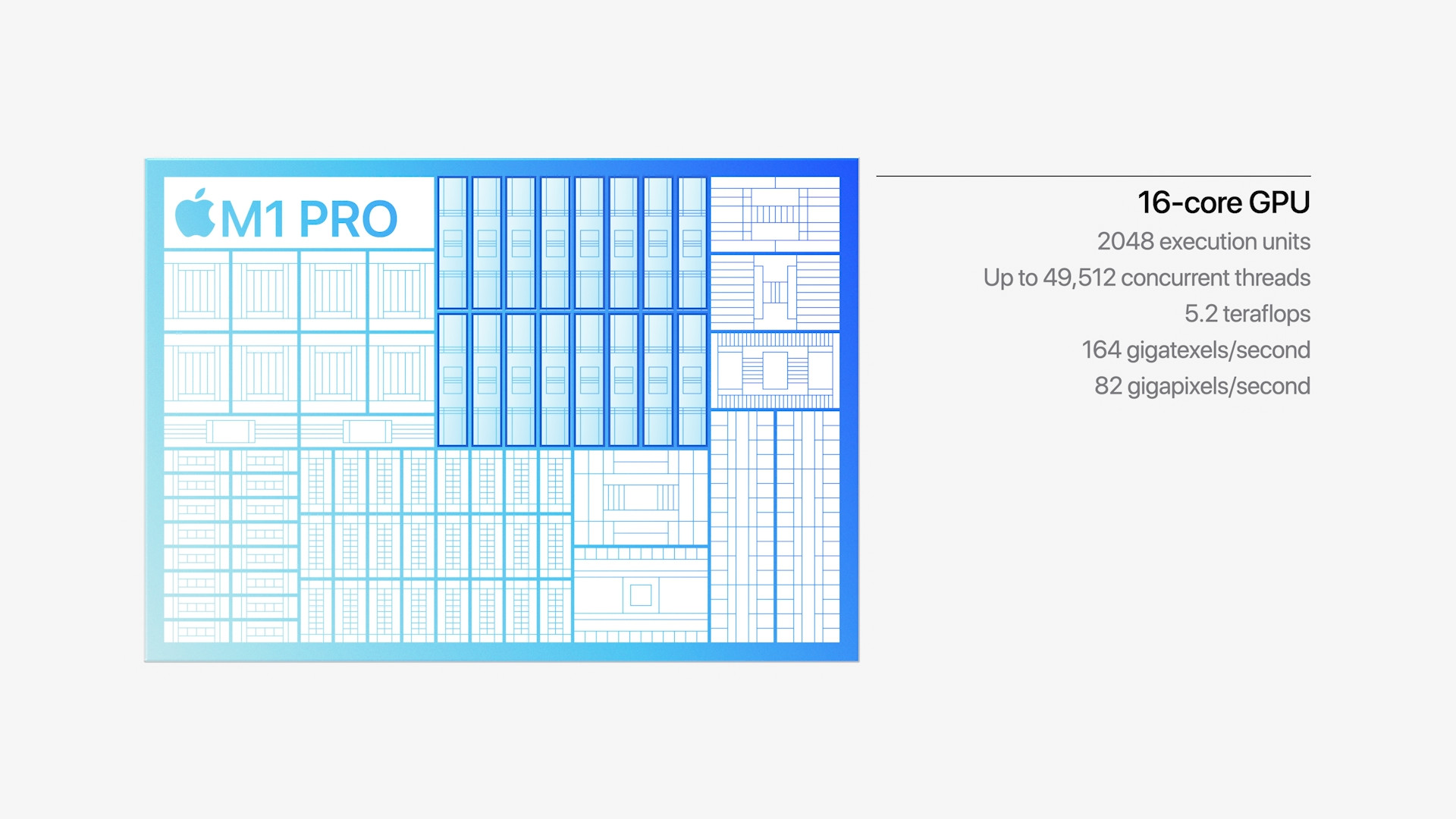
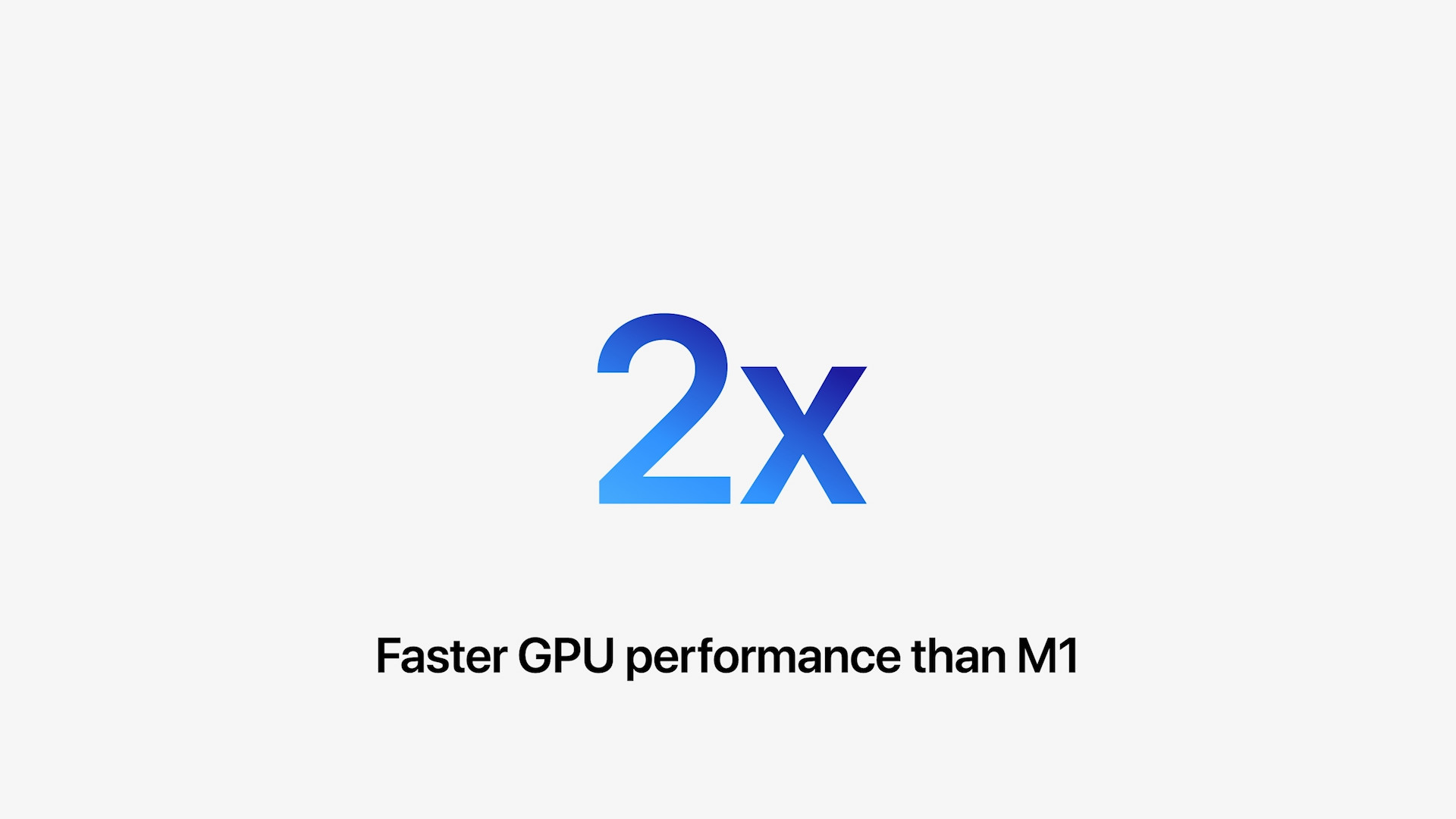
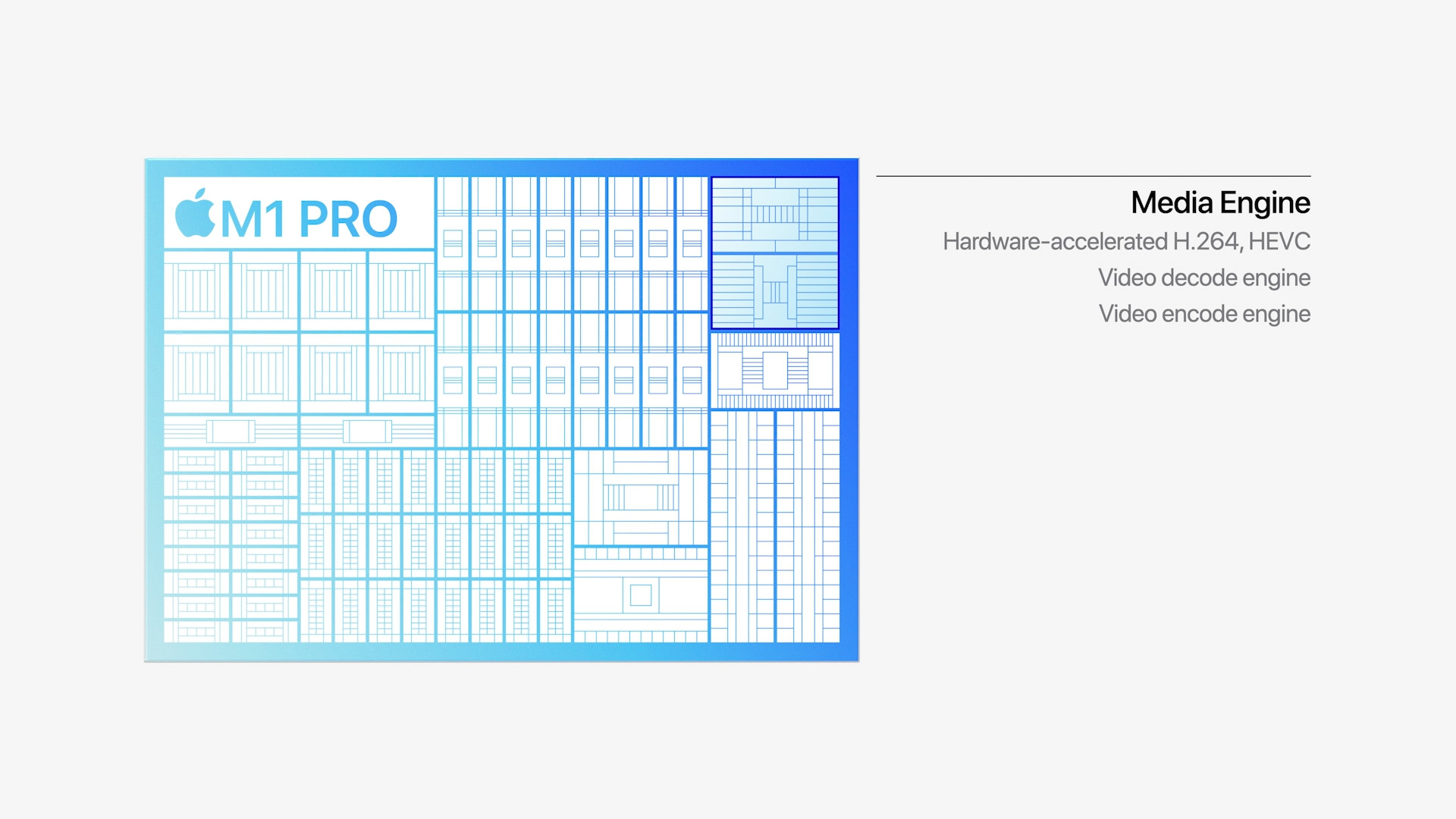

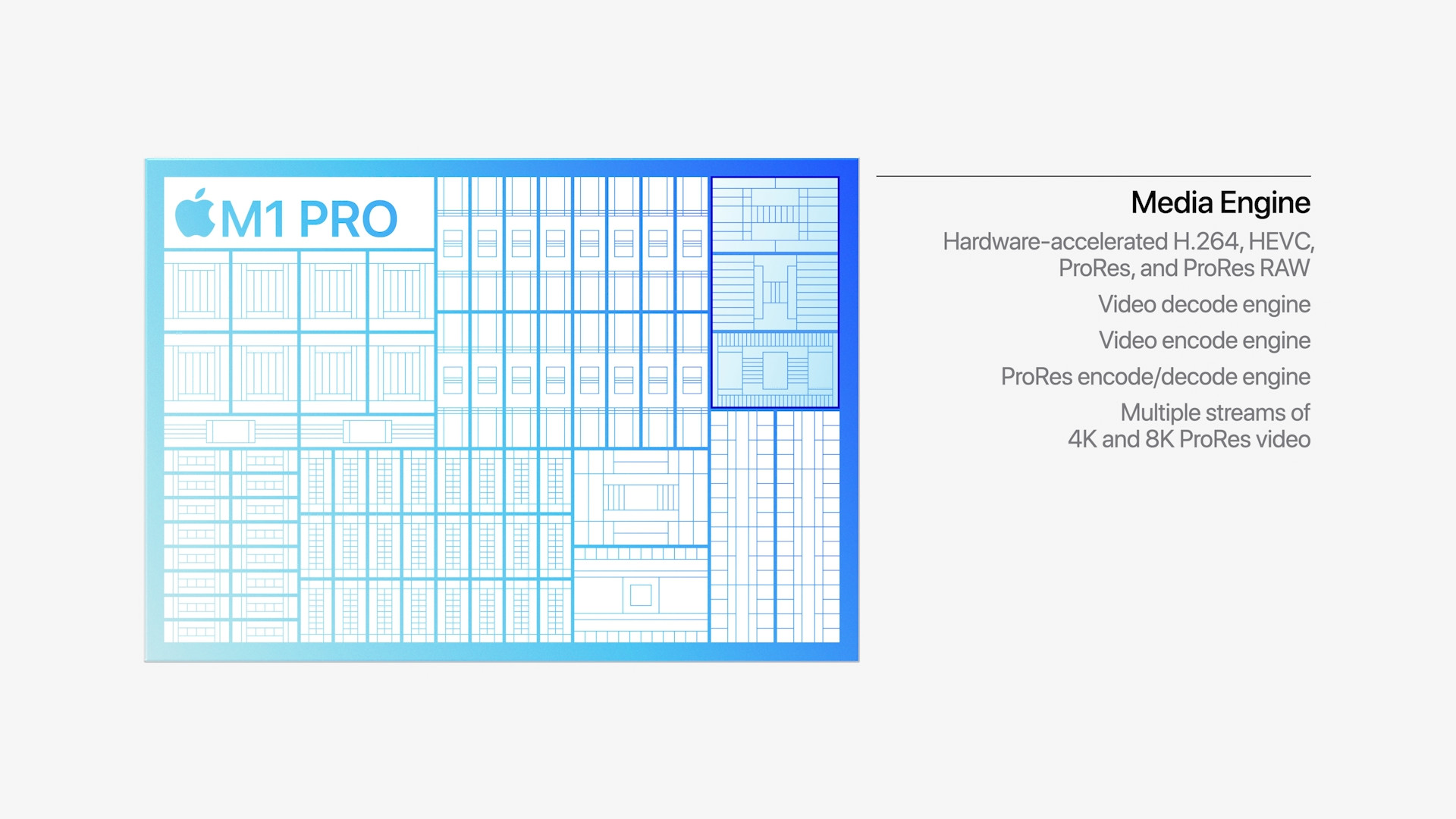

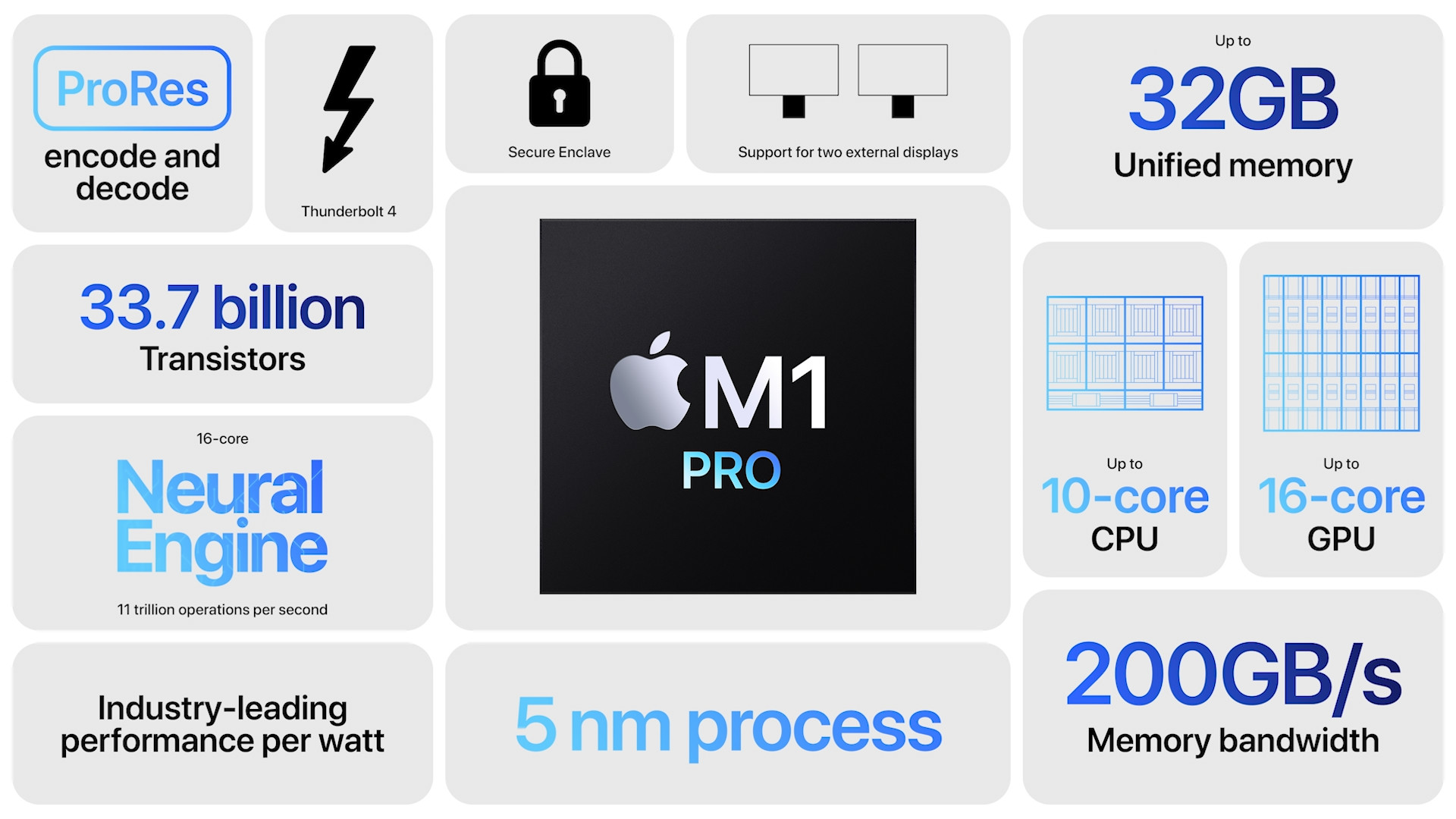
 Adam Kos
Adam Kos 



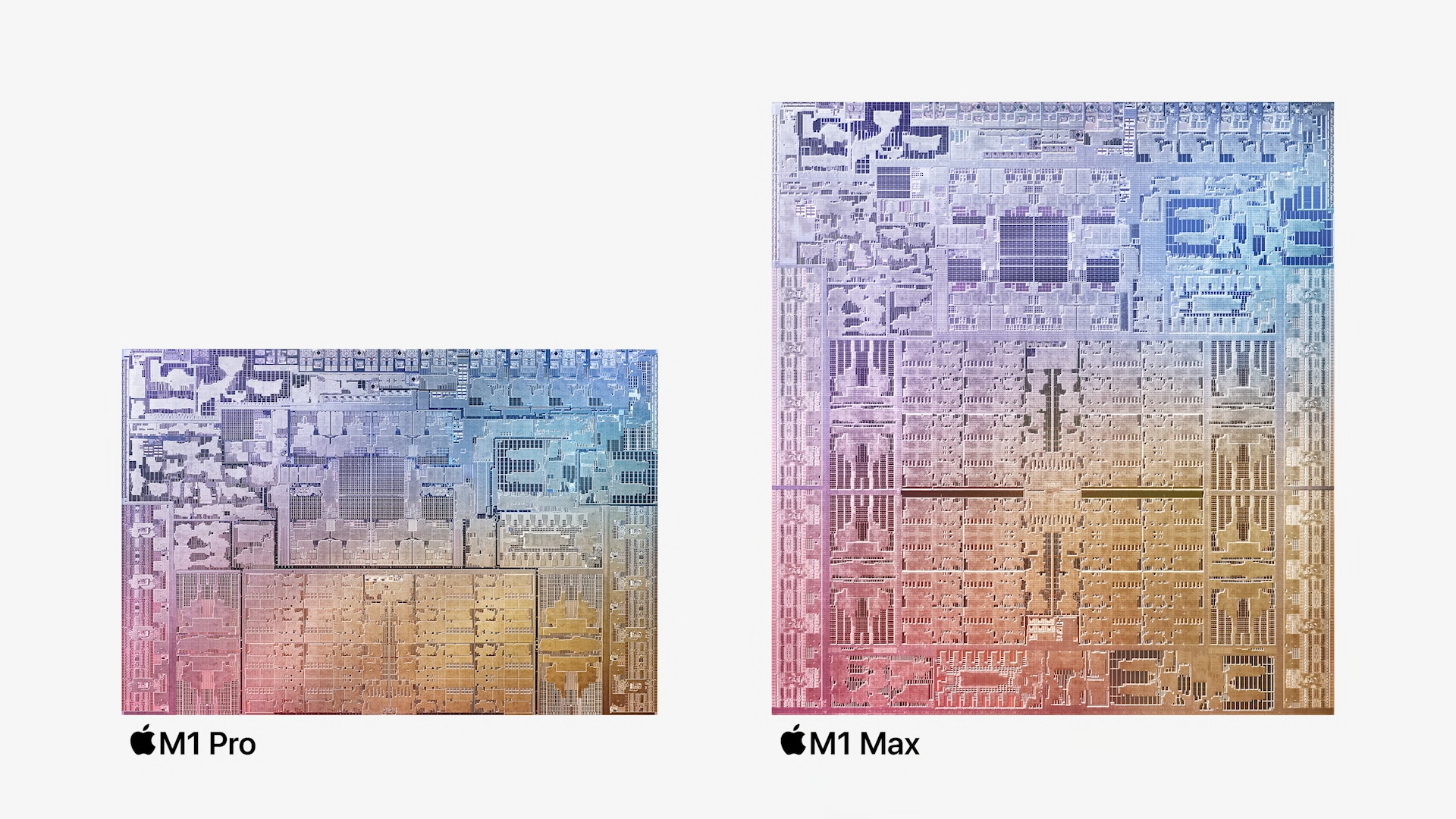
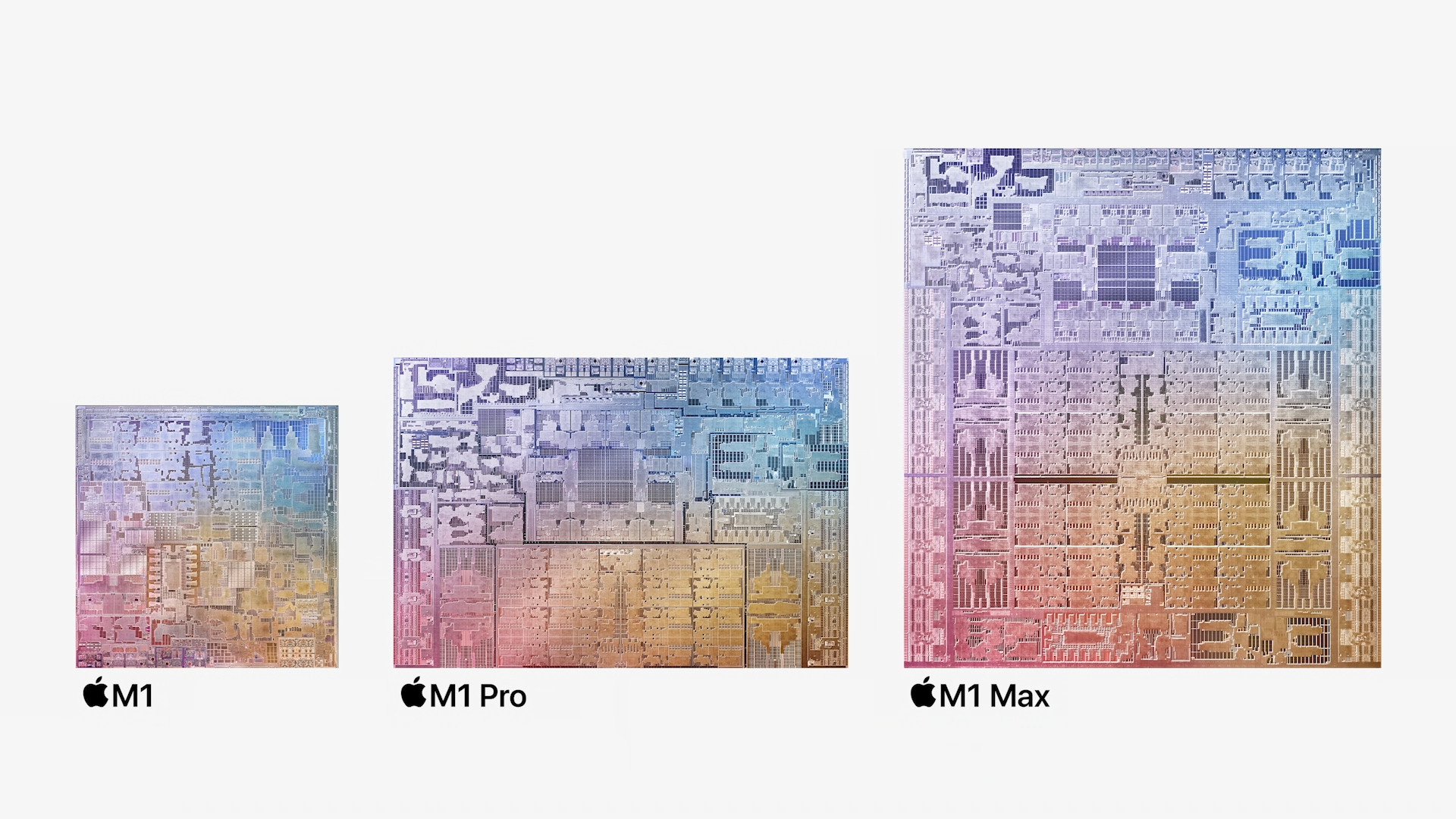
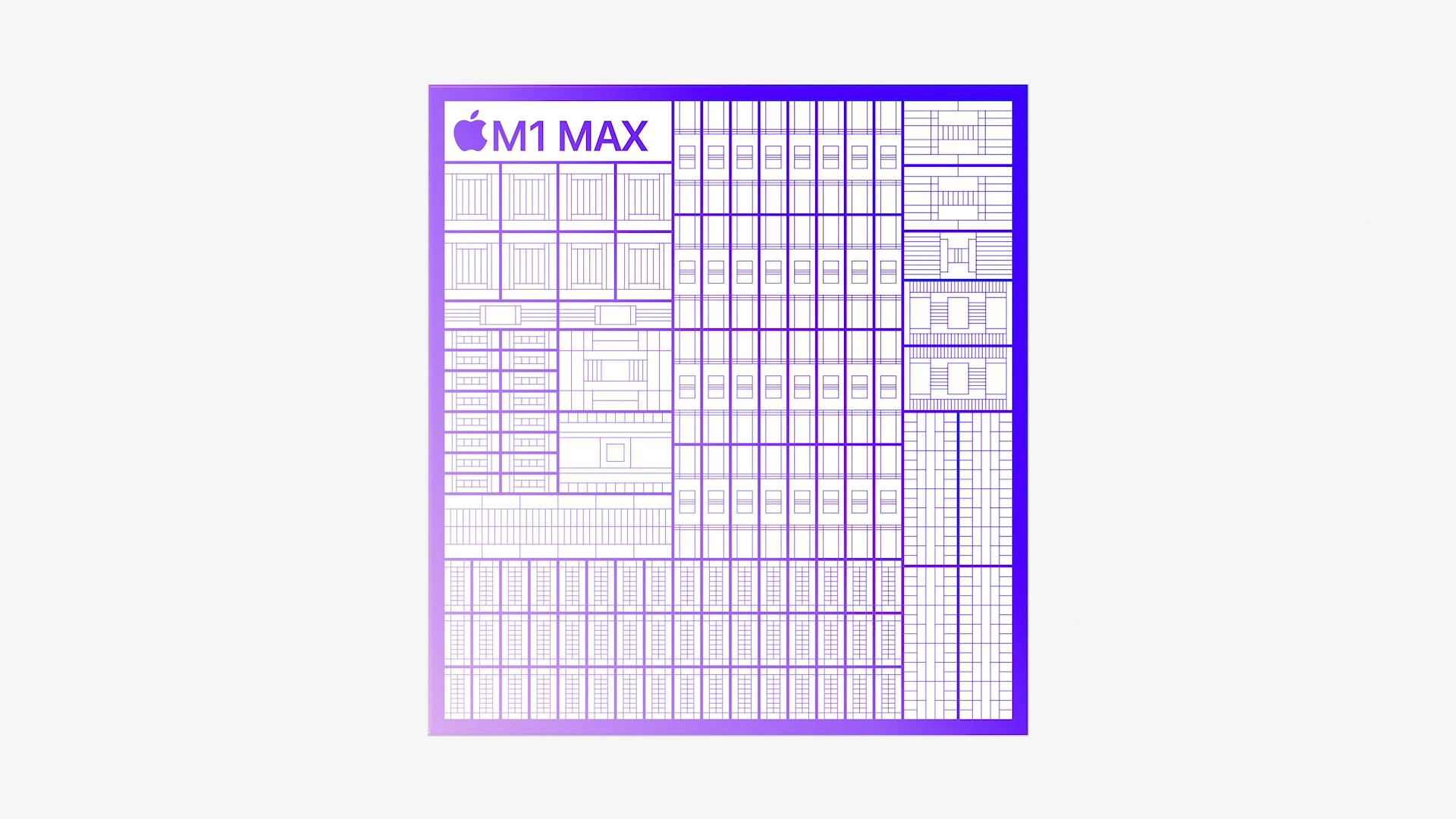
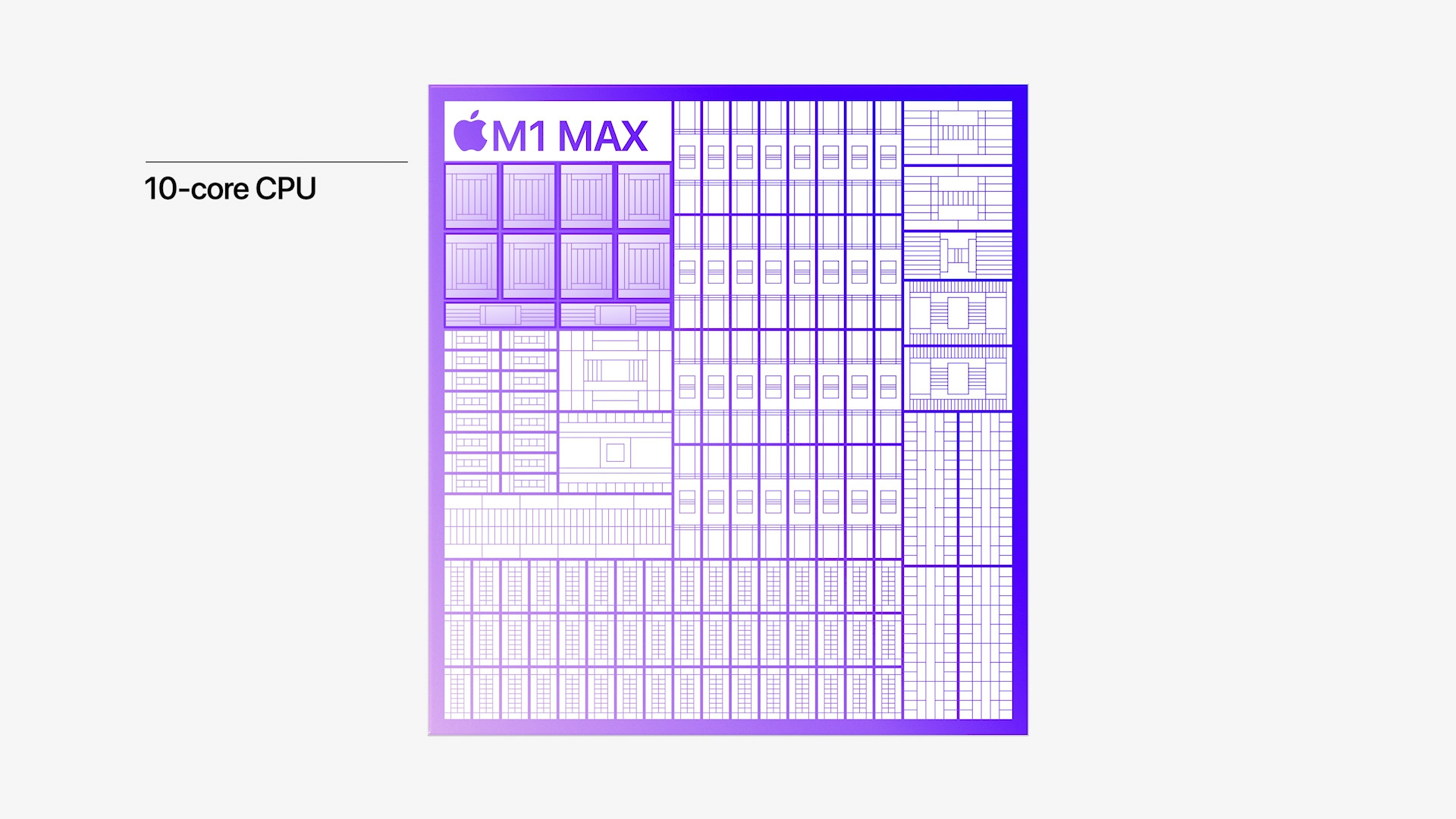

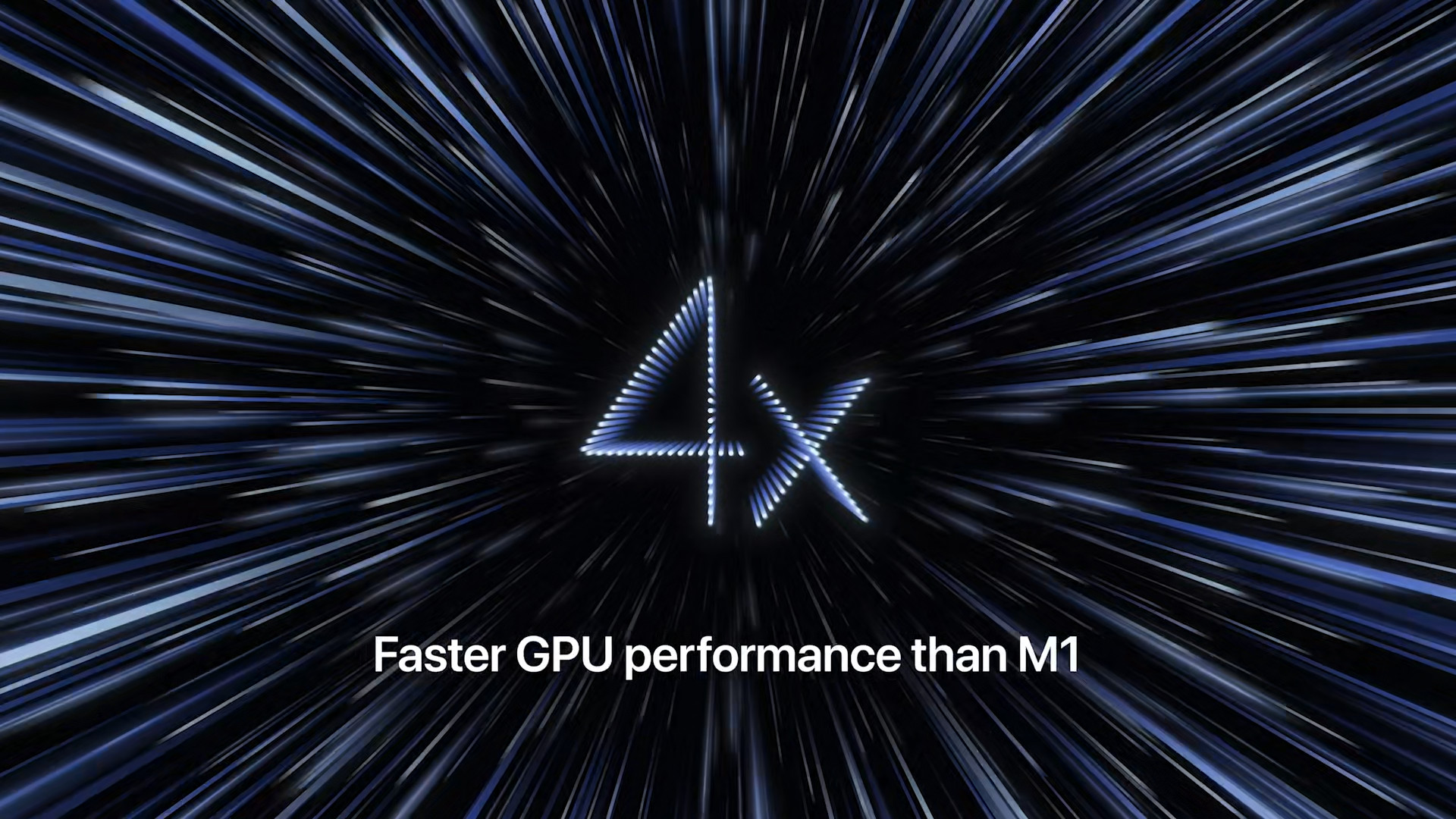
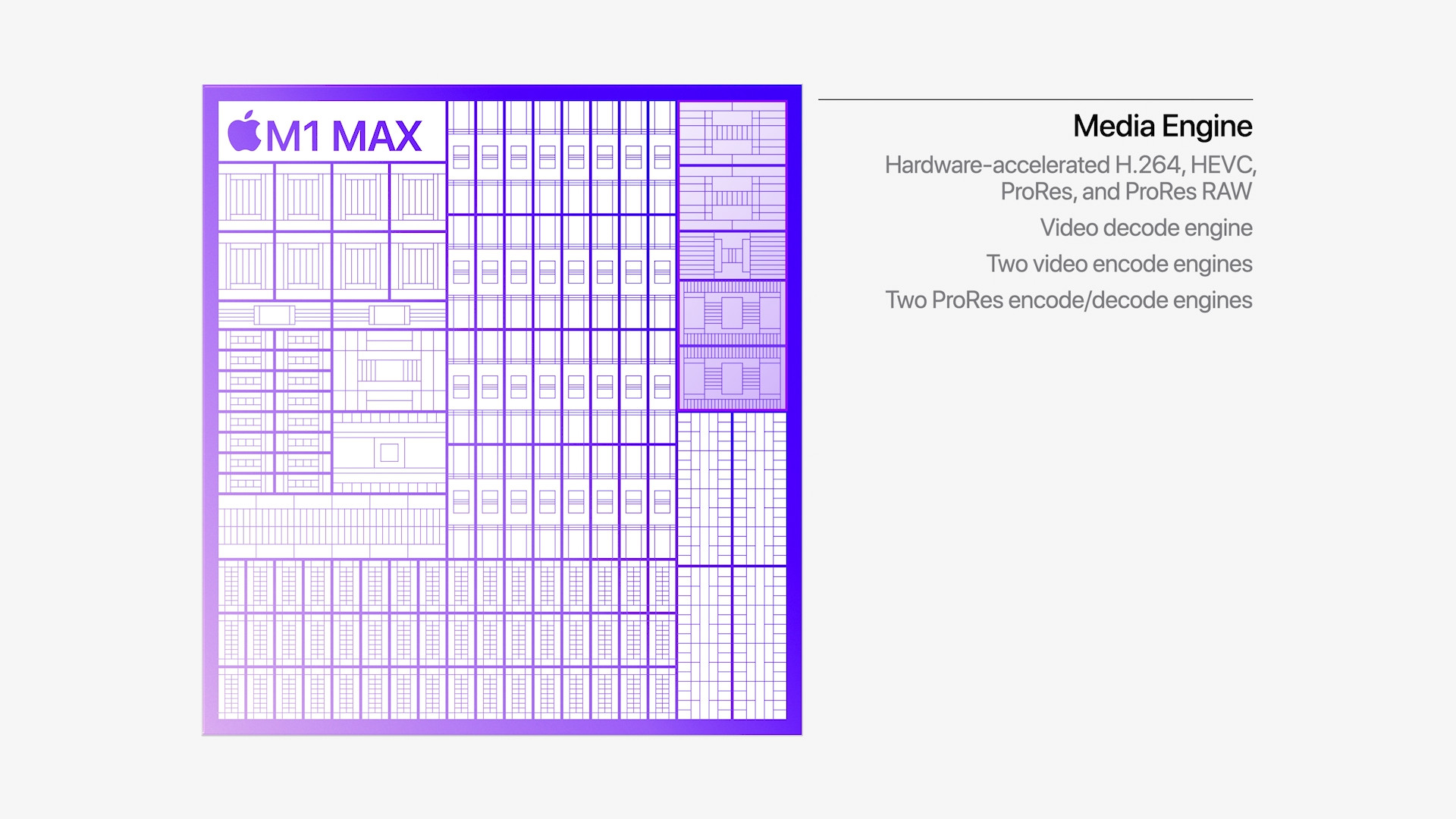
With the future in mind, I definitely want the highest configuration on the chip. I have external drives and NASs and the like, so I don't need to plug it in there. But I've always considered the chip and graphics to be the most powerful, so I'll stick with that.